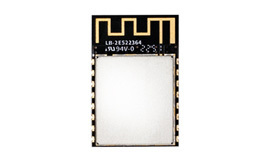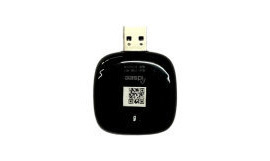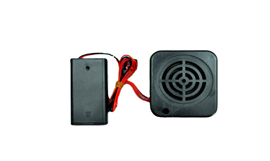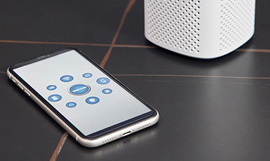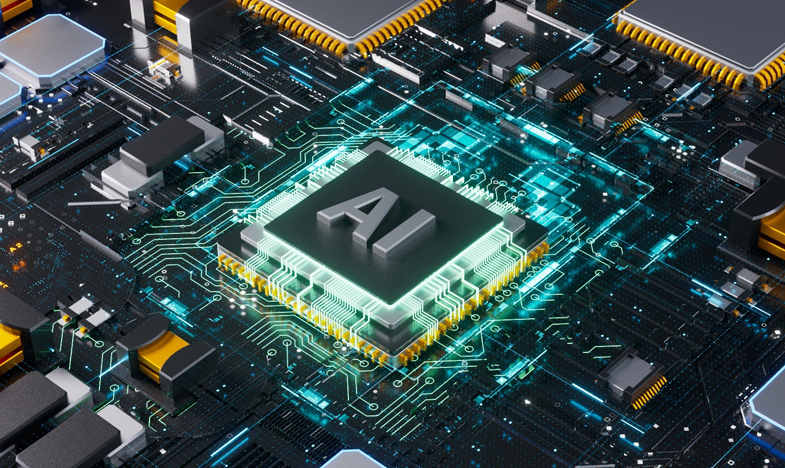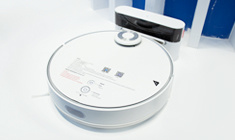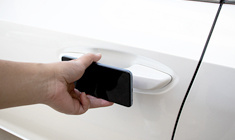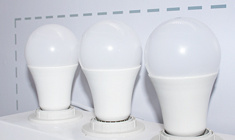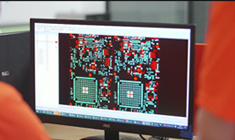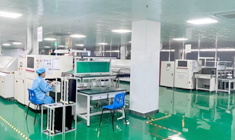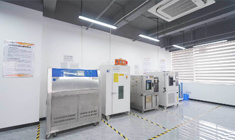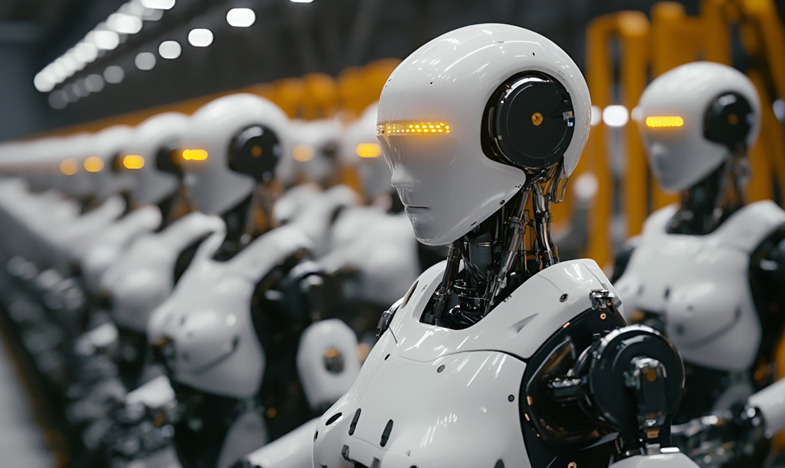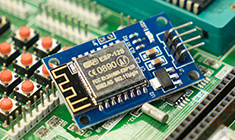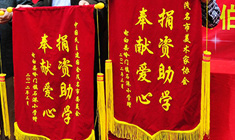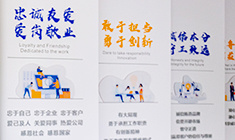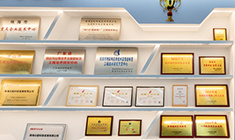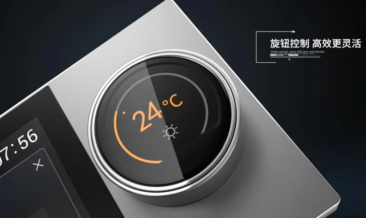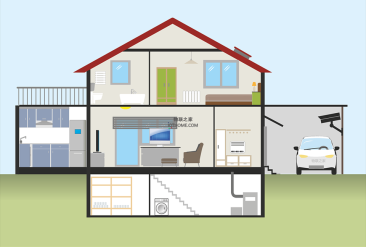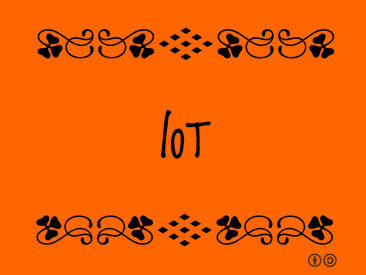
Iot platform types and common features
Release Time:
2021-05-17
It's a winter nightBusiness strategy and customers determine how to build your iot platform content.The Internet of Things is a combination of IT and OT, and no IT-centric definition can describe the importance of OT, and vice versa. In this article, I will share with you the practic
It's a winter night
Business strategy and customers determine how to build your iot platform content.
The Internet of Things is a combination of IT and OT, and no IT-centric definition can describe the importance of OT, and vice versa. In this article, I will share with you the practical experience of customers in different industries on how to use the Internet of Things platform.
Types of iot platforms
Industry platform: It mainly has specific functions in vertical fields, such as industrial equipment performance and asset management, monitoring patient medical services, logistics and transportation platform, etc.
Business operation platform: It is a dedicated business function platform. The most common functions are to provide support and maintenance or management services.
City management platform: Cities want to optimize city operations and citizen services. These services include: parking, lighting, garbage collection and so on. Therefore, IT in the urban service platform (or urban digital platform) can manage the OT assets of the city.
Pure software platform or data platform: These platforms are often referred to as typical "Internet of Things platform", the main function is to collect device data transfer to the business system or personnel, perform analysis and workflow integration.
Software and hardware platform: If you are using ICT hardware and software (for example, networking or telecommunication devices in addition to the above software, etc.), then your platform is a synthesis where you can add OT hardware (industrial equipment, medical system, etc.) to the platform and consider it as part of the main body of the iot platform.
Universal platform
If we were to combine all of the above platforms and draw a picture, it would look something like this:
IT is an IT + OT platform, no longer an ICT component-based platform.
Platform changes are made primarily by excluding the OT layer of the physical layer above, or by limiting software content only.
Common features of the platform
If we take hardware, network connectivity challenges, and OT systems out of the equation, we'll end up with a typical iot software platform (or iot data platform).
It looks something like this:
It can implement higher-level business functions or operational tasks, and each of the tasks described above can be viewed as its own "platform," such as an asset management platform or a service assurance platform.
These changes are based on specific tasks in the following five core functions of the iot software layer:
Connectivity: Ensure two-way data exchange between the device and other systems for device configuration or management;
Collection: Collects and manages data generated by the device.
Analysis: complex analysis or AI technical analysis of dynamic and static data in the system;
Integration: Capture actionable information from data and feed it back into the enterprise workflow (fully automated or enhanced manpower, etc.); Expose data or provide services to third parties through apis;
Application: Pass data to people (such as notifications, dashboards, approval chains, etc.) and let them act on it.
However, this is easier said than done, and there are many complicated intermediate processes to make this a reality.
How to build it?
Fortunately, we didn't have to create and build these features from scratch. The various PaaS products were already mature and we could use them to build our own business platform. The main trick was to identify the core content and optimize construction and operational costs.
summarize
The solutions are diverse, as are the Internet of Things platforms.
Your business strategy and the services you provide to your customers determine how iot platform content is defined. You can then wisely select the appropriate components from the iot platform.
Reprinted in the House of Things

Guangdong Joinet IOT Technology Co.,Ltd
Manufacturing Base:
Joinet Technology Park,No. 168 Tanlong North Road,Tanzhou Town,Zhongshan City,Guangdong Province,China
Pre Sales Hotline:19966308713 13823973022
Switchboard:0760-8663 0003 (transferred) 523
Pre Sales Email:sw@znaiot.com

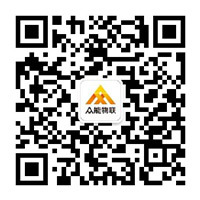
Contact Us:
Looking forward to your call anytime



